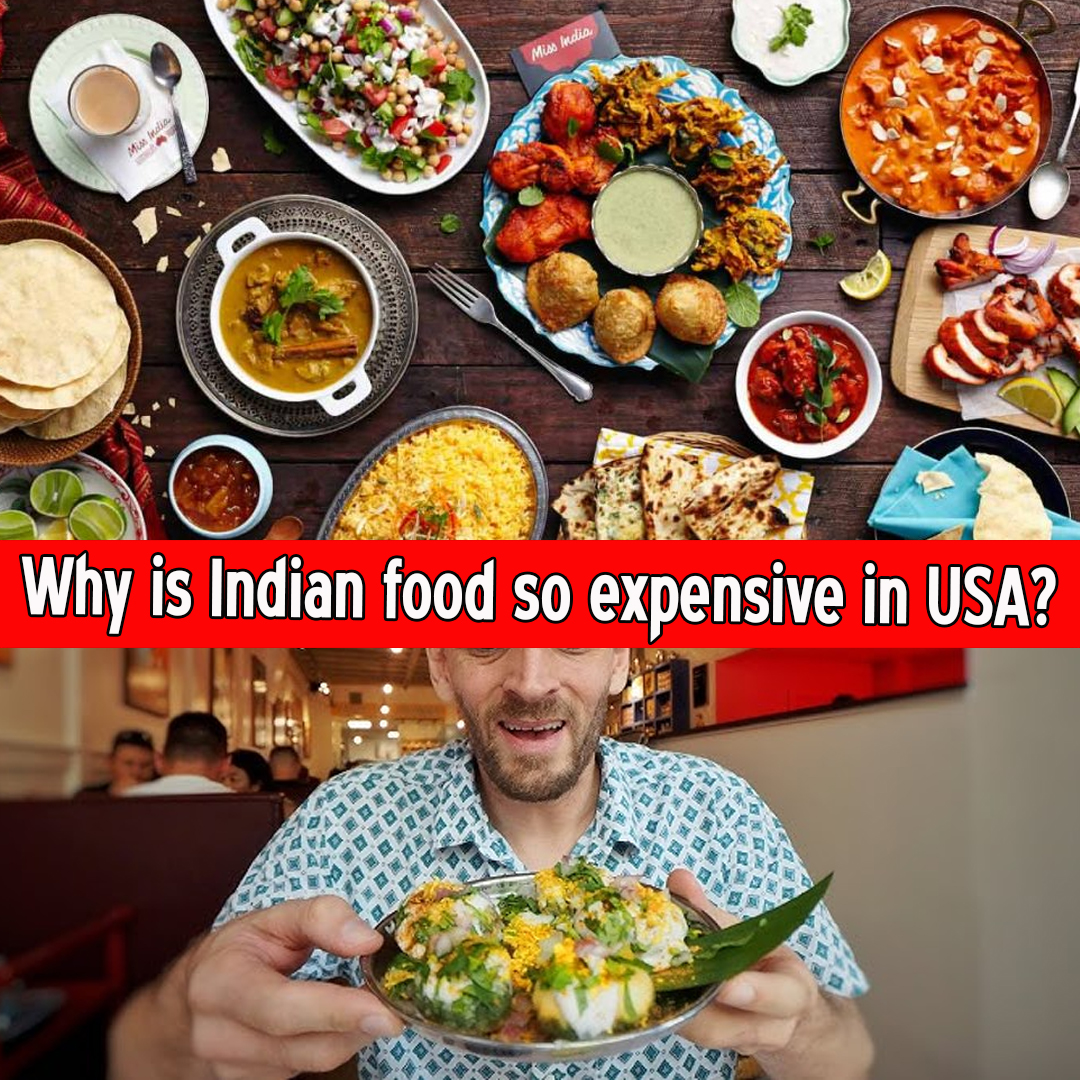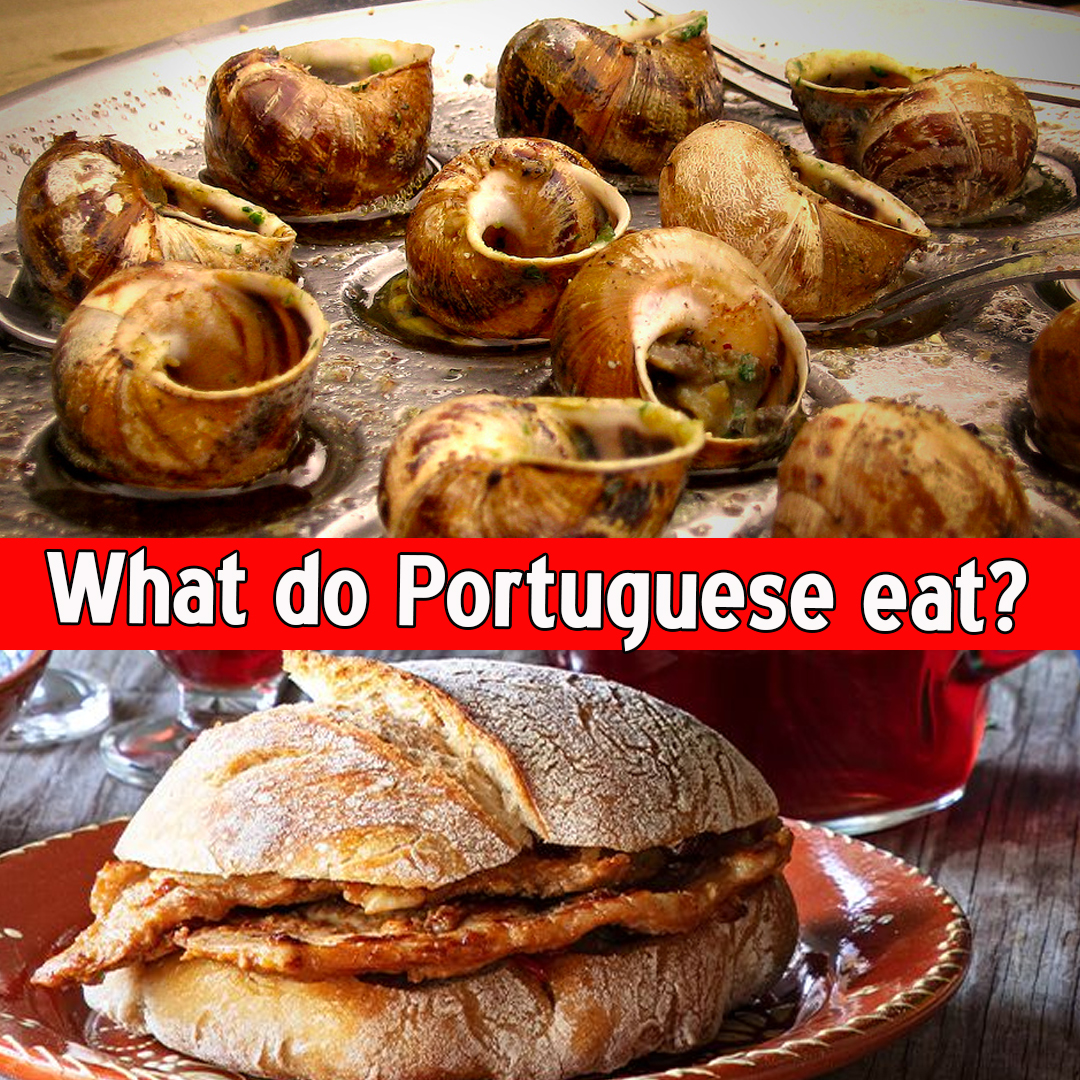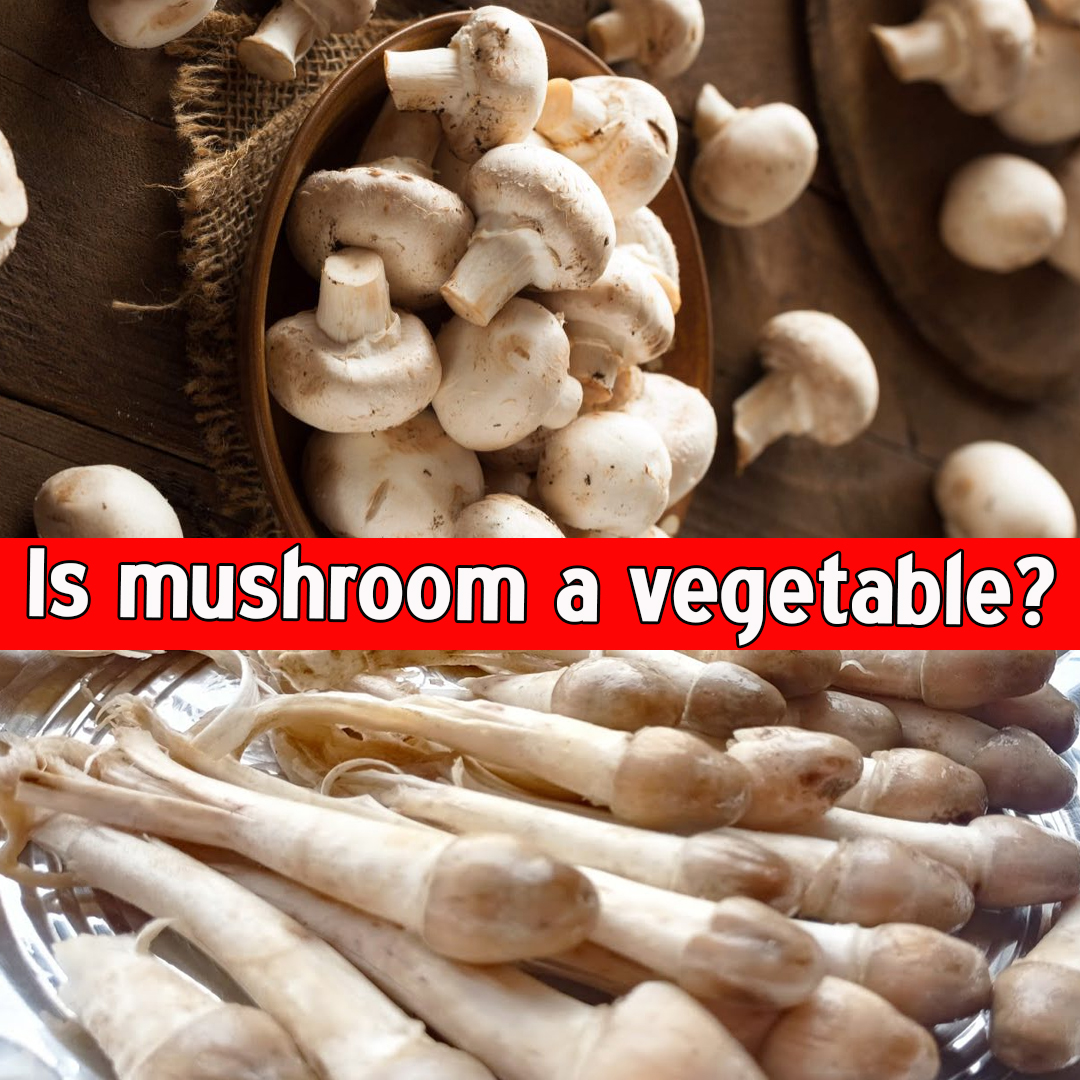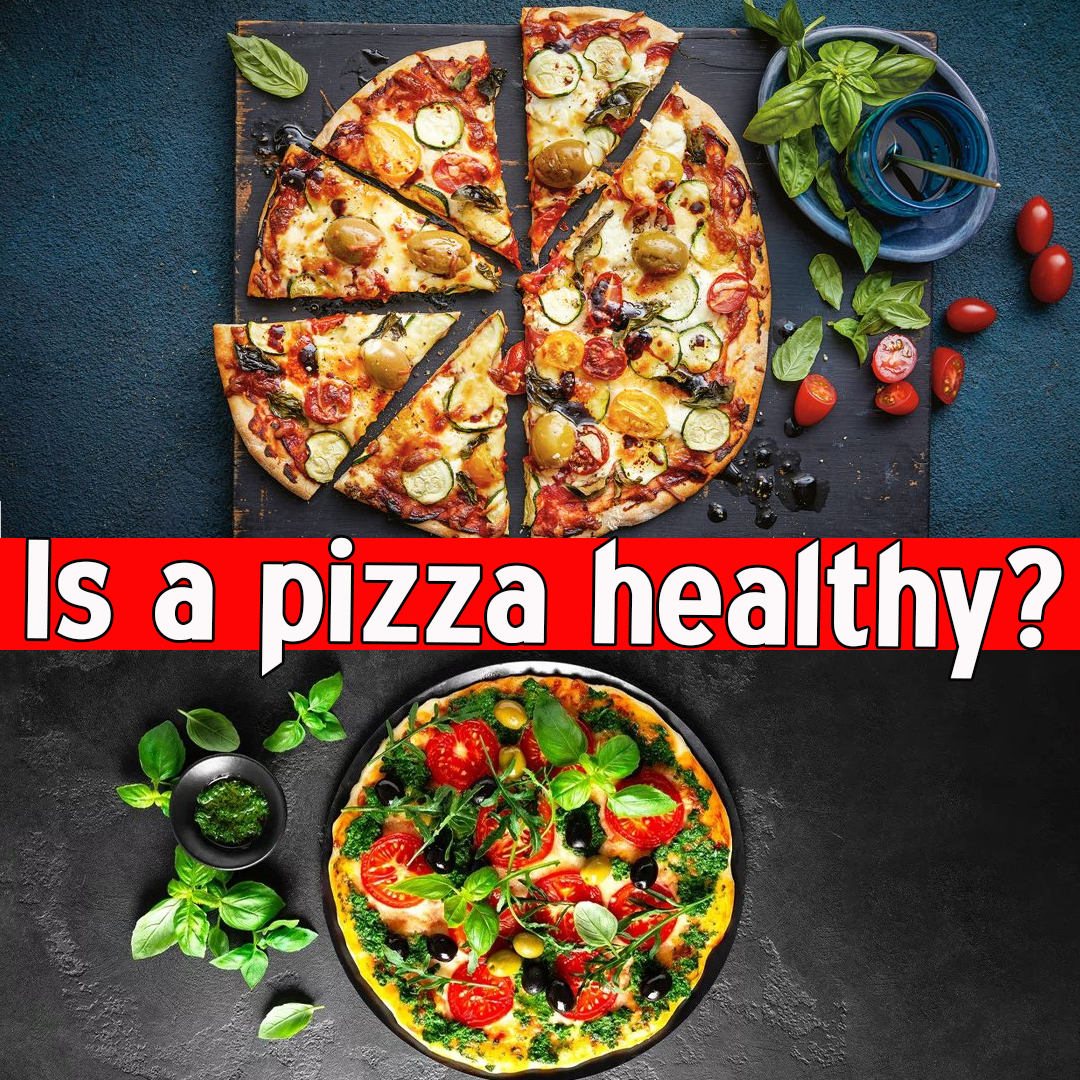Why is Indian Food So Expensive in the USA?
Introduction: A Taste of India Abroad
Indian cuisine is known for its rich spices, vibrant colors, deep flavors, and comforting nature. From creamy butter chicken and spicy biryanis to crispy dosas and fragrant curries, Indian food has established a strong presence across the United States. Despite its increasing popularity, many diners—both Indian and non-Indian—often wonder:
“Why is Indian food so expensive in the USA?”
Why is Indian food so expensive in USA?
A dish that may cost ₹200–₹300 (~$2–$4) in India might cost $15–$25 in the U.S. Why this dramatic jump in price?
Section 1: The Real Costs of Running an Indian Restaurant in the USA
✅ 1. Higher Labor Costs
One of the biggest differences between India and the U.S. lies in labor costs. In India:
- A cook in a small restaurant might earn ₹10,000–₹15,000/month.
- In the U.S., the minimum wage varies from $7.25 to $16/hour, depending on the state.
If a U.S.-based Indian restaurant employs:
- 3 cooks
- 2 waiters
- 1 manager
They could be spending $15,000 to $25,000/month just on salaries.
That’s over ₹12–₹20 lakh/month, purely on wages—many times more than what the same restaurant would spend in India.
✅ 2. Rent and Real Estate
Real estate is dramatically more expensive in American cities:
- A small restaurant space in New York, San Francisco, or Chicago can cost $8,000–$20,000/month in rent.
- Even suburban locations like New Jersey or Dallas may cost $4,000–$10,000/month.
In India, a medium-sized restaurant might pay ₹50,000–₹2 lakh/month in rent.
✅ 3. Imported Ingredients and Spices
While basic ingredients like rice, vegetables, and meat are available in the U.S., many authentic Indian spices and specialty items have to be imported. These include:
- Cardamom, asafoetida (hing), saffron, special varieties of ghee
- Indian pickles, papads, or ready-to-fry snacks
- Specific masalas (Garam Masala, Panch Phoron, Tandoori Masala)
Importing from India includes:
- Shipping charges
- Import duties
- Distributor markups
- Warehouse storage costs
By the time these ingredients reach a restaurant’s kitchen, they cost 3–5 times more than they would in India.
✅ 4. Food Licensing and Health Regulations
Indian restaurants in the U.S. must comply with:
- FDA food handling regulations
- City/state-specific health codes
- Fire and safety inspections
- Food allergy disclosures
- Sanitary kitchen protocols
Compliance requires:
- High-quality commercial equipment
- Licensing fees
- Certified staff training
- Frequent inspections
All of this adds significant overhead that is often non-existent or minimal in India.
Section 2: Market Economics and Cultural Perception
✅ 5. Niche Cuisine = Premium Pricing
Unlike Americanized Chinese or Mexican food, Indian cuisine remains relatively niche in the U.S. This means:
- Fewer suppliers
- Limited mainstream demand
- Perceived as exotic or “special occasion” cuisine
As a result, Indian food often gets positioned as a premium dining experience, with pricing to match.
✅ 6. Complex Preparation and Long Cooking Time
Indian food is labor-intensive and time-consuming:
- Curries often require hours of simmering
- Masalas are hand-roasted and ground
- Naan is made in real tandoors, not ovens
- Biryanis involve marination, layering, and slow cooking (dum)
In contrast, American fast food (burgers, pizza) involves minimal prep and automation.
The more time and labor a dish requires, the higher its cost must be to justify operations.
✅ 7. Limited Scalability = Higher Margins Needed
Unlike big fast-food chains (e.g., McDonald’s, Chipotle), most Indian restaurants are:
- Family-owned
- Independent operations
- Operating in small or medium markets
They can’t rely on mass sales and instead need to set higher per-plate prices to cover costs.
For example:
- McDonald’s can make a profit by selling 5,000 burgers a day at $2 each.
- An Indian restaurant might need to charge $18 for a thali to survive on 100 customers per day.
✅ 8. Food Delivery and Packaging Overheads
Indian food requires special packaging due to:
- Curries that spill easily
- Multiple items per order (rice, bread, sabzi, dessert)
- Condiments like chutneys, raita, salad
This increases:
- Packaging material costs
- Delivery fees via platforms like DoorDash, Uber Eats
- Order assembly labor
These costs are baked into the final price, making your butter chicken or dosa combo more expensive.
Section 3: Examples of Indian Food Prices in the USA
Let’s compare typical dishes between India and the USA:
| Dish | Price in India | Price in USA |
|---|---|---|
| Butter Chicken | ₹250 – ₹350 | $16 – $22 |
| Chicken Biryani | ₹200 – ₹300 | $15 – $18 |
| Masala Dosa | ₹100 – ₹150 | $11 – $15 |
| Veg Thali | ₹150 – ₹250 | $18 – $25 |
| Naan (per piece) | ₹25 – ₹40 | $3 – $5 |
| Mango Lassi | ₹60 – ₹100 | $5 – $7 |
In the USA, a simple family dinner for four at an Indian restaurant can cost $80–$120 (₹6,500–₹10,000). In India, the same meal would cost ₹1,000–₹1,500.
Section 4: Hidden Costs You Don’t See
✅ 9. Staff Immigration and Legal Costs
Many Indian chefs and workers in the U.S. are on:
- Work visas (H1B or L1)
- Green cards or student visas
Restaurants often help sponsor these visas, which involves:
- Legal fees
- Travel assistance
- Relocation help
This investment is factored into pricing over time.
✅ 10. Food Wastage and Risk Buffering
Indian restaurants abroad often serve 50+ items. Maintaining such a menu involves:
- Wastage of unsold food
- High refrigeration and utility costs
- Unpredictable demand
To absorb financial risk, menu prices are slightly inflated.
✅ 11. Taxes and Tipping Culture
In India, prices are mostly inclusive. In the U.S., diners pay:
- Sales tax (6%–10%)
- Mandatory tipping (15%–20%)
That $18 chicken curry may actually cost $22–$24 after taxes and tip.
Section 5: Can Indian Food Be Made Cheaper in the U.S.?
Yes, but only with:
- Mass production models like buffet chains or fast-casual restaurants
- Standardized menus
- Centralized commissary kitchens
- Limited labor menus (e.g., rice bowls, rolls)
Some startups like Curry Up Now, Inday, and Chaatwala are pioneering this model—offering Indian flavors at more accessible prices.
But this often involves sacrificing:
- Authentic recipes
- Complex spice layering
- Traditional techniques
Conclusion: Understanding the Real Value Behind the Price
Indian food is not expensive in the USA simply because of greed or overcharging. The price reflects a complex combination of:
- High labor and rent costs
- Ingredient logistics and import duties
- Long preparation times
- Strict health regulations
- Cultural positioning as a premium, artisanal cuisine
Next time you pay $20 for a plate of biryani or a thali in the U.S., remember—you’re not just paying for food. You’re paying for an entire system that brings the warmth, heritage, and complexity of India thousands of miles away to your table.
















Leave a Reply